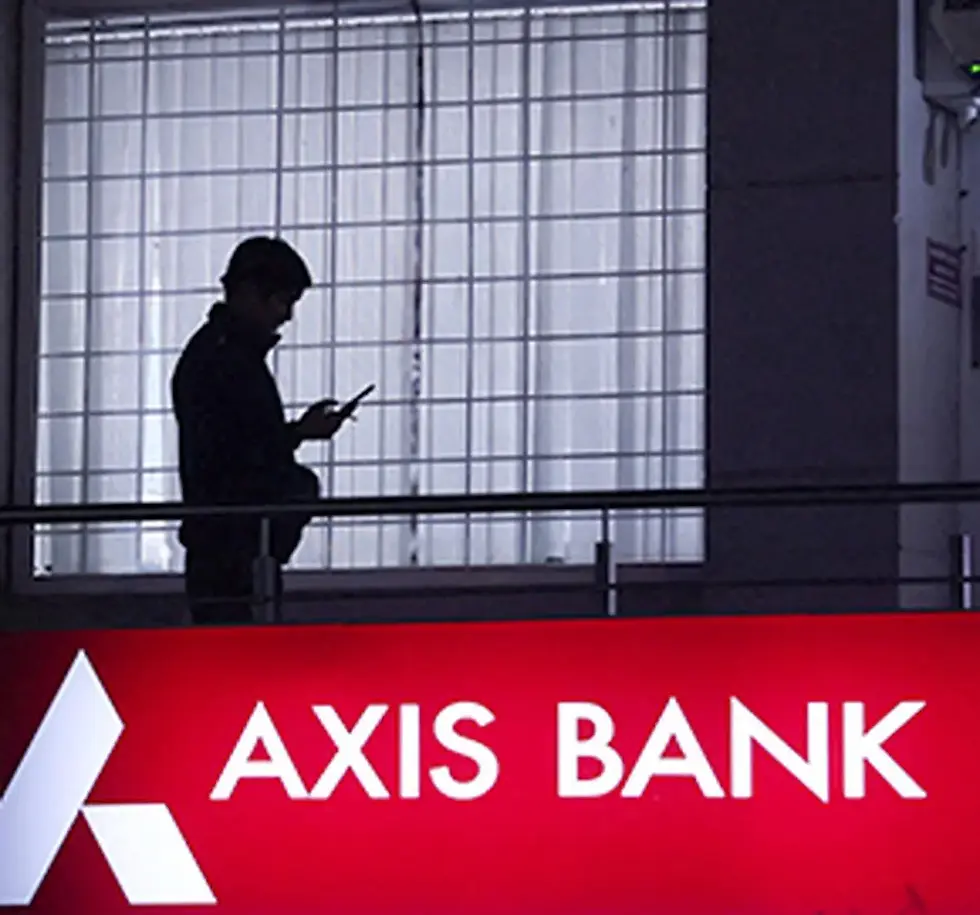Axis Bank Posts Surprise Profit Decline in Q1 FY26 Amid Higher Loan Provisions!
- nvshah0610
- Jul 28
- 2 min read

Axis Bank, India’s third-largest private sector lender, reported a 4% year-on-year decline in net profit for the April–June quarter (Q1 FY26), coming in at ₹5,806 crore, compared to ₹6,035 crore in the same quarter last year. This figure fell short of market expectations, which had projected net profits to cross ₹6,300 crore. The sharp drop was primarily attributed to a significant rise in provisioning for potential loan defaults—triggered by updated risk assessment norms introduced by the Reserve Bank of India (RBI).
While the bank’s net interest income (NII)—the core income earned from lending—rose marginally by 1% YoY to ₹13,559 crore, the net interest margin (NIM), a key profitability measure, declined to 3.80% from 4.05% a year earlier. This reflects both competitive pressure on lending rates and a shift in the bank’s loan book composition. Gross non-performing assets (NPAs) increased to 1.57% of total advances, from 1.28% in the previous quarter. Analysts note this jump is substantial for a leading private sector bank and signals deteriorating asset quality in some segments, especially unsecured and retail loans.
A major contributor to the rise in NPAs was what the bank termed a “technical impact”—a one-time adjustment due to RBI’s push to standardize recognition of restructured and settled loans. Axis Bank voluntarily reclassified loans that had seen one-time settlements or were previously categorized under special mentions. This shift alone contributed significantly to total slippages (new additions to NPAs), which rose to ₹8,200 crore in Q1. Consequently, Axis was compelled to increase its provisions to ₹3,947 crore—more than double the figure from the previous year’s Q1.
Despite the bottom-line pressure, the bank’s operating performance remained relatively strong. Operating profit rose 14% year-on-year to ₹11,515 crore, backed by a 25% jump in non-interest income, including fees, treasury gains, and trading income. This suggests the bank’s core franchise remains robust and diversified, even as macroeconomic and regulatory challenges persist. Cost-to-income ratio also remained stable, indicating that expense management continues to be a strong area for Axis Bank.
Following the earnings announcement, Axis Bank’s stock took a hit, dropping over 6% in intraday trading and closing down ~4.9% on the NSE. This decline reflected investor anxiety about rising credit costs and shrinking margins. Analysts from brokerages such as Jefferies and Motilal Oswal flagged concerns over the sustainability of margins and the growing stress in unsecured and rural lending portfolios. However, many retained their “Buy” or “Accumulate” ratings, citing long-term growth potential, improved operational efficiency, and a relatively diversified risk profile.





Comments